8. American Splendor
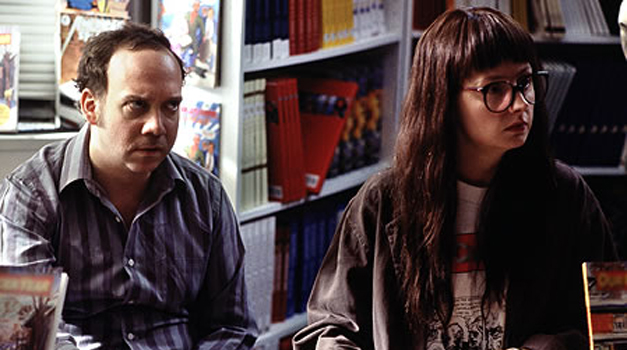
Paul Giamatti plays Harvey Pekar, the writer behind the heralded underground comic, American Splendor. He is a man unhappy and uncomfortable in his own skin.
The film is part documentary, part movie, and completely original, just like the man it is about. The real Harvey Pekar narrates and shows up occasionally as the story unfolds.
Harvey is a file clerk, trapped in a dead-end job, with little hope for anything else. He knows he needs to do something, but he doesn’t know what. His social awkwardness and observations become the driving force behind his stories.
Directors Shari Springer Berman and Robert Pulcini use brilliant techniques blending illustrated art with storytelling and perfectly simulate the look and feel of Pekar’s comics.
7. Ed Wood
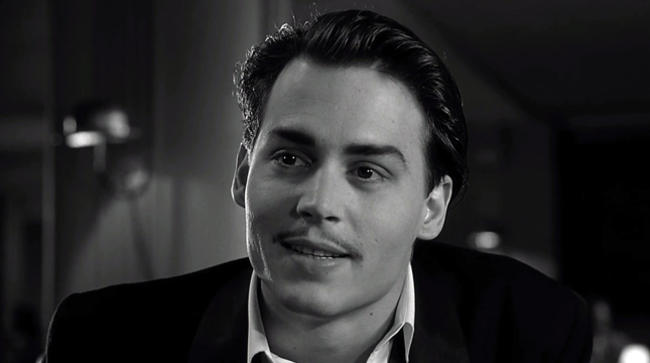
“I’ve got five days to make this movie. Don’t get goofy on me.”
Many of the films on this list include main characters based on the filmmakers behind the camera. In Ed Wood, Tim Burton is dealing with a character based on a real person, one widely considered the worst movie director of all-time, but yet they are clearly kindred spirits.
Played by Johnny Depp, Wood is joyfully oblivious of his shortcomings as a filmmaker. But the character’s real strength is his unwavering optimism. No matter how bad things get, Ed Wood finds the bright side. When a producer tells Ed his latest film is the worst he ever saw, Ed smiles and says, “My next movie will be better!” How can you not root for someone like that?
We watch as Ed gathers a ragtag group to help him in his productions. He scrambles to raise money, while writing, producing and directing his projects. He is the true jack of all trades, master of none.
Tim Burton and Johnny Depp have made careers out of creating memorable misfits. In Ed Wood they might have made their best. Burton shows equal parts of respect and love as he emulates the look and feel of Wood’s films, while adding flourishes uniquely his own. It features gorgeous black & white cinematography by Stefan Czapsky who also worked with Burton on Batman Returns and Edward Scissorhands.
Martin Landau is unforgettable as Bela Lugosi who worked with Wood late in his career when he was all but forgotten. Landau won a much deserved Best Supporting Actor Oscar for the role.
This movie pairs perfectly with Bowfinger as an awesome double-feature. Both deal with almost identical stories (down on his luck filmmaker struggling in L.A. to attain his dreams), but each yield very different films.
6. This is Spinal Tap
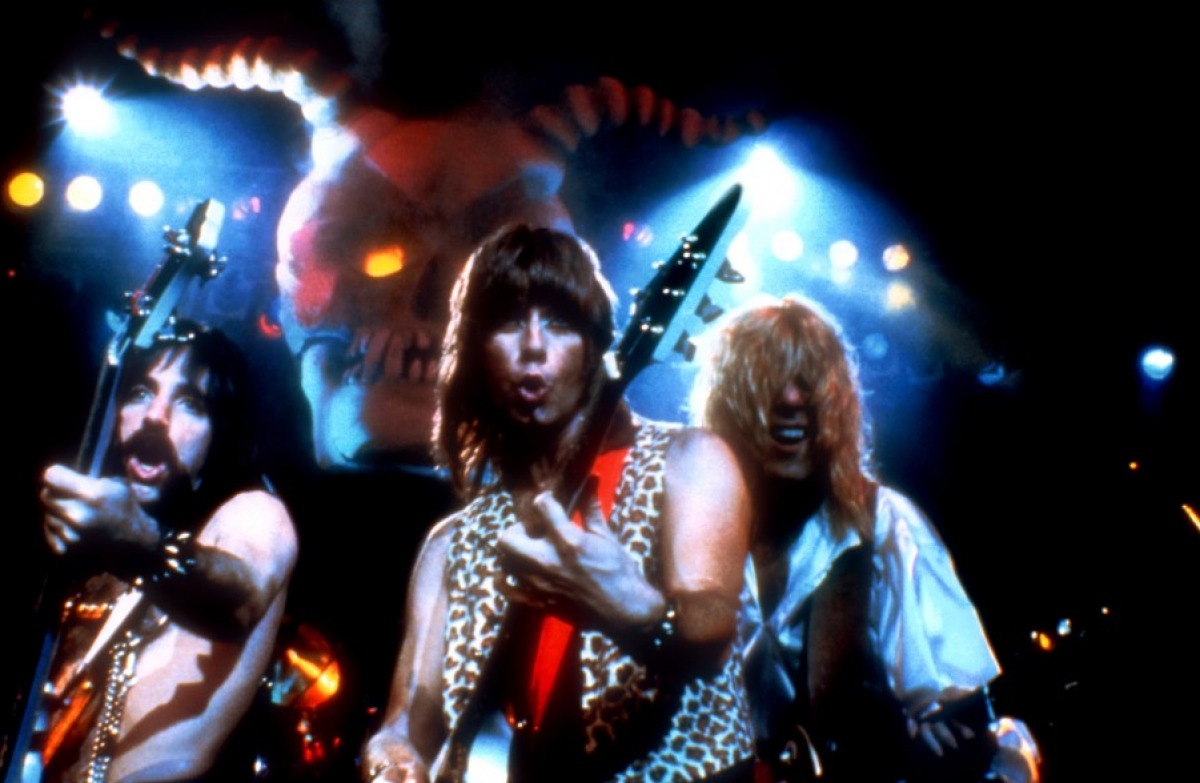
“This one goes to 11.”
No film in the history of cinema has ever presented a more accurate depiction of the dynamic inside a rock band than This is Spinal Tap.
The movie follows an aging British heavy metal band as they embark on a tour across America.
Released in 1984 and directed by Rob Reiner, the movie helped popularize the “mockumentary” – a film that initially seems like a real documentary, but is actually a parody of the format. It brilliantly traces the band’s history from their start as an early 1960’s pop band, through their psychedelic hippy phase and into their current heavy metal era.
Writing of the film is credited to the stars, Christopher Guest, Michael McKean, Harry Shearer and Rob Reiner, but there was never an actual written screenplay with specific dialogue. Instead, the entire film was created through improvisations. The actors knew what their characters were expected to do in a scene, but the dialogue and interactions with the other actors was created spontaneously.
There is so much creative activity happening in the film, it’s dizzying. They spoof documentaries, music videos, early television broadcasts, concert performances, and songwriting. But the real strength here is that Guest, McKean and Shearer are all actual musicians in addition to being gifted comedic actors. It’s all pitch perfect.
5. Adaptation

There is no filmmaker who has more successfully explored the agony of creativity than Charlie Kaufman.
In 1999 Charlie Kaufman’s popularity skyrocketed as the brilliant mind behind Being John Malkovich. But his follow-up screenplay was for the theatrical bomb, Human Nature. In 2001, he was given the job of adapting Susan Orlean’s book “The Orchid Thief.”
Feelings of fear and pressure increased as Kaufman realized he didn’t have a clue how to adapt the screenplay. He solved his problem much like Fellini did, by choosing to make a movie about his confusion and fear, and it is simultaneously funny and brilliant.
With deft direction by Spike Jonze, Nicolas Cage is perfect as Charlie and his twin brother Donald, as they work through the process of finishing the script, while Charlie copes with crippling anxiety and doubt. Meryl Streep and Chris Cooper are terrific in supporting roles.
The film demonstrates the full power of writing. Anything is possible. Just make up a story. In doing so, Charlie realizes, whether evolutionary or creative, adaptation is a profound process. The key is doing what we are designed to do.
4. Synecdoche, New York
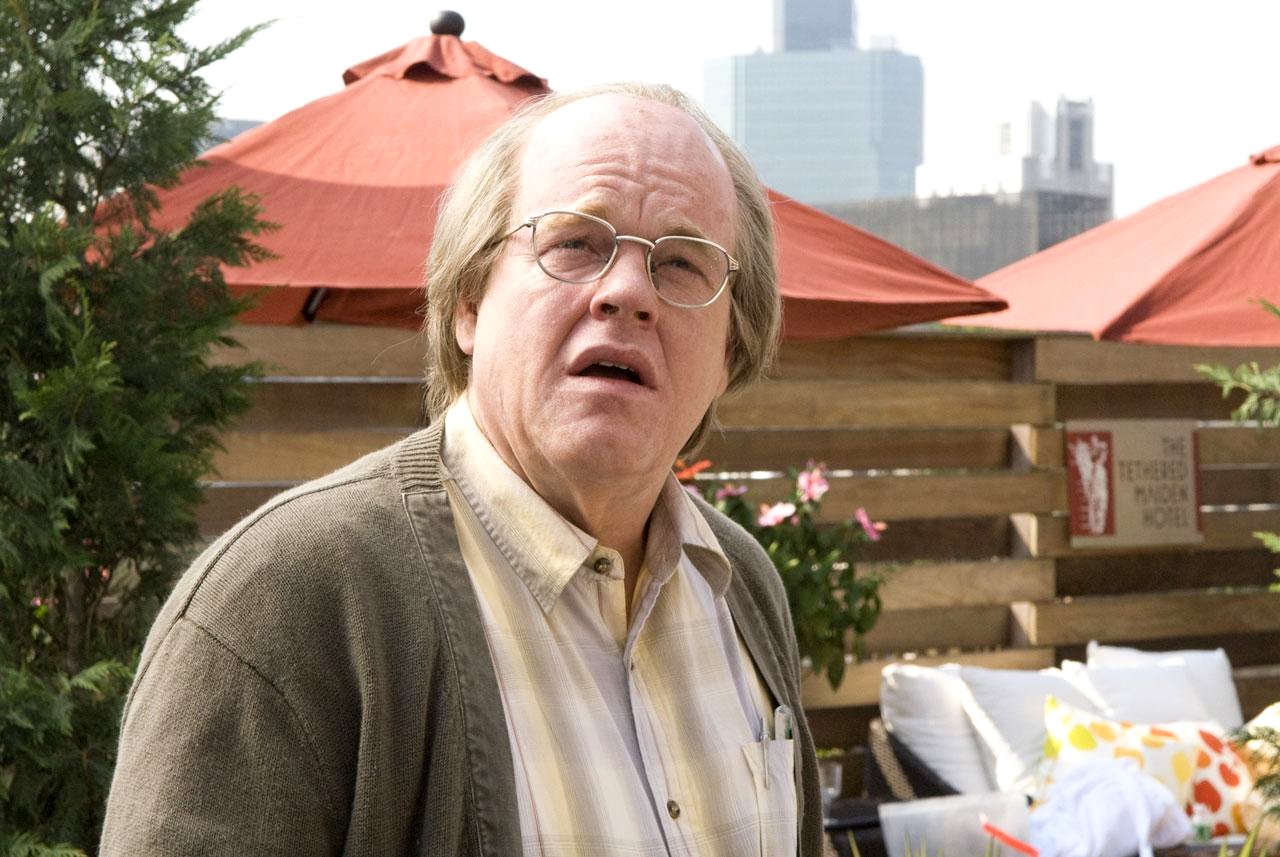
With Adaptation, Charlie Kaufman cracked the reality of creativity. With Synecdoche, New York, he dove through the crack and straight into the looking glass, exploring the creation of art at its deepest level.
Working as both writer and director, Kaufman gives us unfiltered access to the darkest reaches of the creative mind, and it is a scary, lonely place.
The struggling artist is Caden Cotard, a frustrated playwright performed with woeful intensity by Philip Seymour Hoffman. His goal is to make art from life itself, so he constructs a version of New York City in a warehouse to be his stage. But the project begins spiraling out of his control and we are carried along with it.
While Adaptation finds humor in the struggle to create, Synecdoche, New York, presents an inescapable sense of foreboding. You don’t really watch this movie, you experience it. And in the end what we see is life, in all its painful confusion and beauty.
3. Birdman
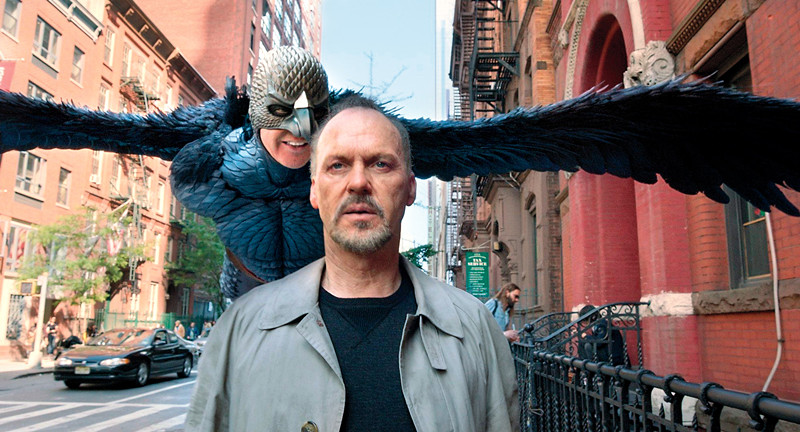
Birdman is a mind-blowing movie that takes us into the world of a washed up actor trying to regain glory with a theatrical production of a Raymond Carver play. Michael Keaton is Riggan, the actor.
We not only see the work that goes into creating the production, but the film is executed in a seemingly unending single shot. The work is accomplished flawlessly, speaking volumes about the pre-production preparation done by co-writer and director Alejandro González Iñárritu and Cinematographer Emmanuel Lubezki.
We move from dressing rooms, to stage, to the office, and then out in the street, in a kinetic vision that echoes the main character’s nagging anxiety and doubt.
Keaton is terrific as Riggan, and he is surrounded by great supporting work from Naomi Watts, Edward Norton, and Emma Stone.
This is a great work of art, examining the process of trying to create a great work of art.
2. Barton Fink
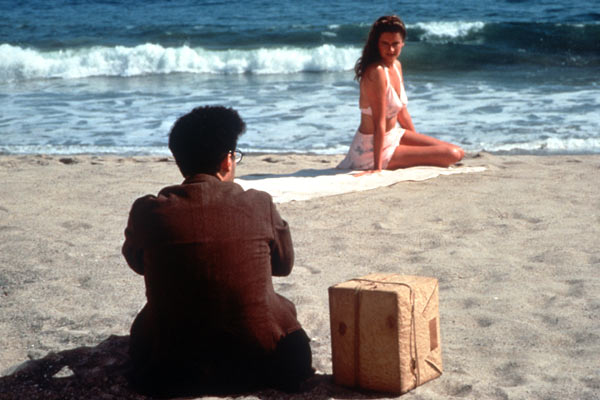
Written and directed by Joel and Ethan Coen, Barton Fink is a terrifying glimpse into the world of writer’s block.
John Turturro plays the title character, a successful and respected New York playwright, brought to Hollywood to write a screenplay for a wrestling picture. But he quickly finds himself blocked and unable to do the work he has been hired for.
Barton Fink is not a very likeable character. He is humorless and pompous. He has left behind sparkling New York City for a shabby room in Los Angeles. The hotel is filled with long, dark corridors, peeling wallpaper and oppressive heat. Everything becomes a distraction from his writing.
Barton pontificates to Charlie (John Goodman), an insurance salesman staying next door, about his dreams to change the theater forever by telling stories of the common man, but he never pauses long enough to actually hear what Charlie may have to say.
The movie, inspired by the Coen brothers own experiences while writing Miller’s Crossing, expertly captures the mounting fear and desperation of writer’s block, and the movie doesn’t pretend Barton is the only person suffering this nagging doubt and confusion.
When asked by a fellow writer if he enjoys writing, Barton answers honestly that he does not. He states writing is a difficult and painful process, the other writer quips that he enjoys, “making things up.” Later on we learn that writer hasn’t actually written in years. The Coen brothers are telling you anyone who says they enjoy writing is full of shit.
Barton Fink’s world deteriorates into a literal hell, where he is trapped with no escape. Such is the life of the mind.
1. 8 ½

Federico Fellini’s 8½ begins with a nightmare. Marcello Mastroianni’s character, film director Guido, a thinly-veiled version of Fellini himself, is trapped and struggling to get free. Just as he escapes and begins floating away, life yanks him back to earth.
Terry Gilliam, director of a few films, said 8½ “captures what it is like to be a film director.” Guido is caught in a crisis. He is directing a science-fiction epic but is confused on how to proceed. His attention is endlessly torn between his collaborators (producer, writer, and actors), his wife, his mistress, and his deep-rooted fear of what to do.
When Guido finally decides to tear down the project and scrap his film, he experiences an epiphany. He decides to embrace the confusion that plagues him because ultimately it is a part of him. “Accept me for what I am,” Guido says. Surrounded by the characters that have made up his life, Guido dances around the ruins of his failed project until we fade to black.
It’s genius.
Author Bio: Michael K. Hill has worked in film and television production for twenty-five years. You can visit his website www.MichaelKHill.com.